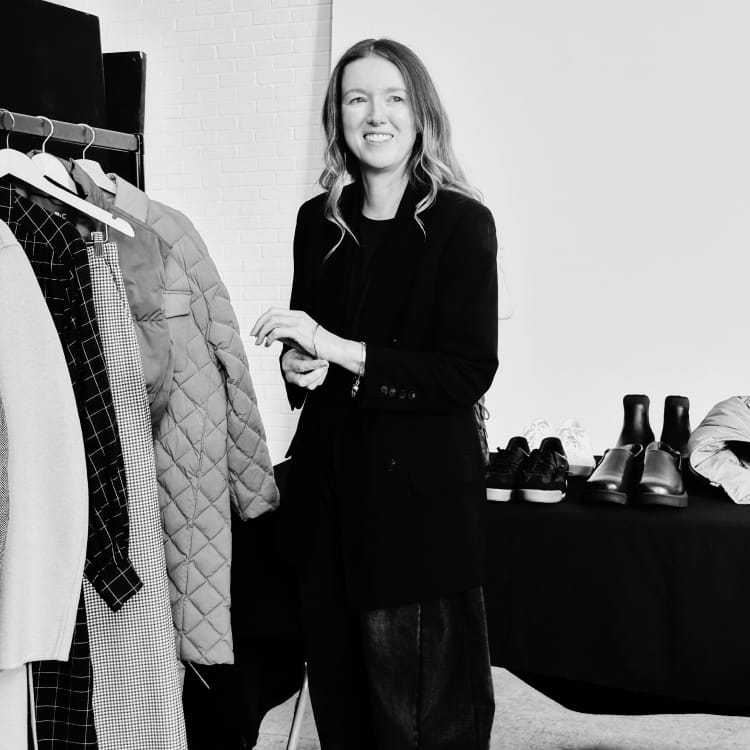
What was the starting point for the collection, and what was the creative process that brought it to life?
The starting point for this collection was the Barbican Center*. It's a beautiful architectural gem of London that's always been on my radar. One of the things that is so interesting about it is that it's quite brutalist, quite stark, and graphic in its nature, but when you actually walk around it, you see the community that lives here. It's that intersection of culture and art that interests me. Here, everyone is on the move.
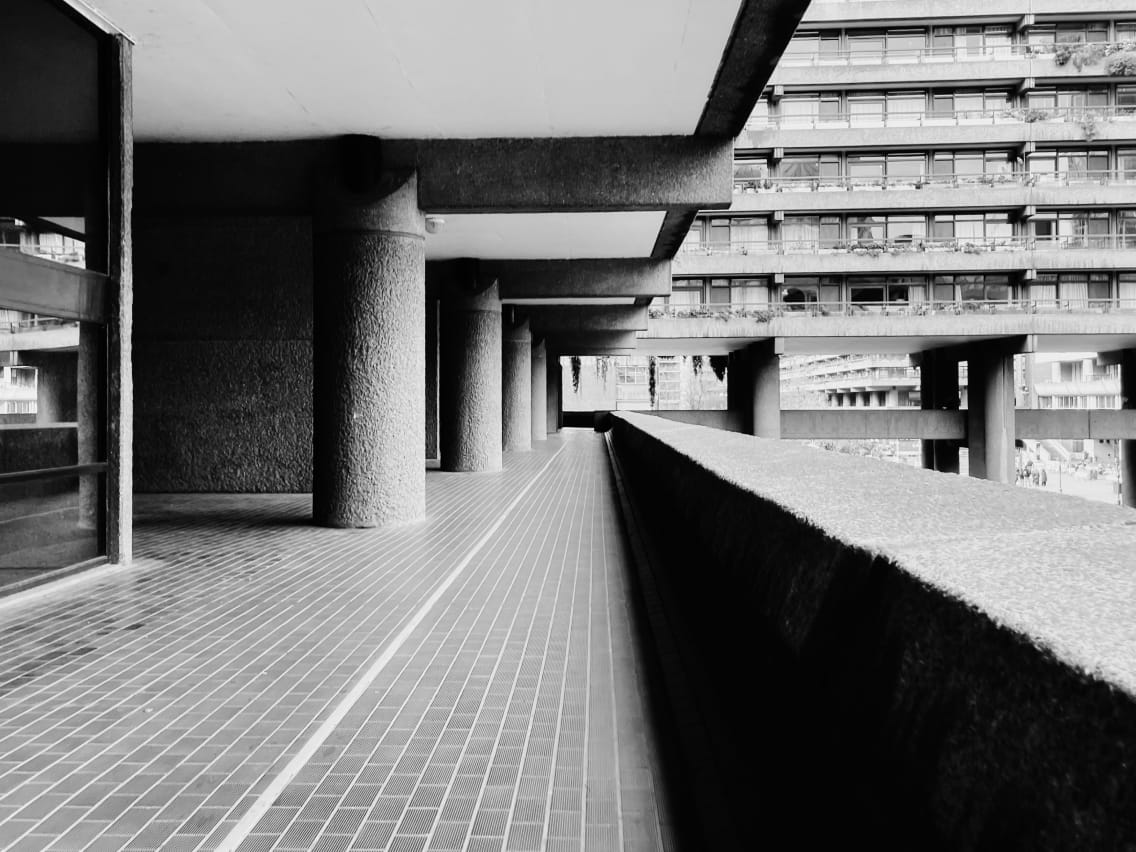
Do you have a personal connection to the Barbican?
One interesting fact about the Barbican is that, at one point, it was called the ugliest building in England. A lot of modernist architecture is viewed poorly at some point. One of my favorite memories is just walking through this central space where you see the beautiful miniature lake. There’s this sense of nature in the middle of brutality. I’ve lived in so many cities, and having this sort of center of community is so important to your everyday life.
How did the Barbican Center serve as a source of design inspiration, and how did you translate that inspiration into the collection itself?
This particular space is hugely inspirational for me in terms of the architectural lines. Every vista you look at has incredible sharp lines and a real sense of perspective, grids, and colorways. There's an amazing kind of neutral palette here, which is really unusual. This particular architectural space was so influential to the palette and the feel of the collection, the people here, and how they live their lives—that sense of being always on the move, connecting to the rest of the city. I really wanted to center the campaign here.
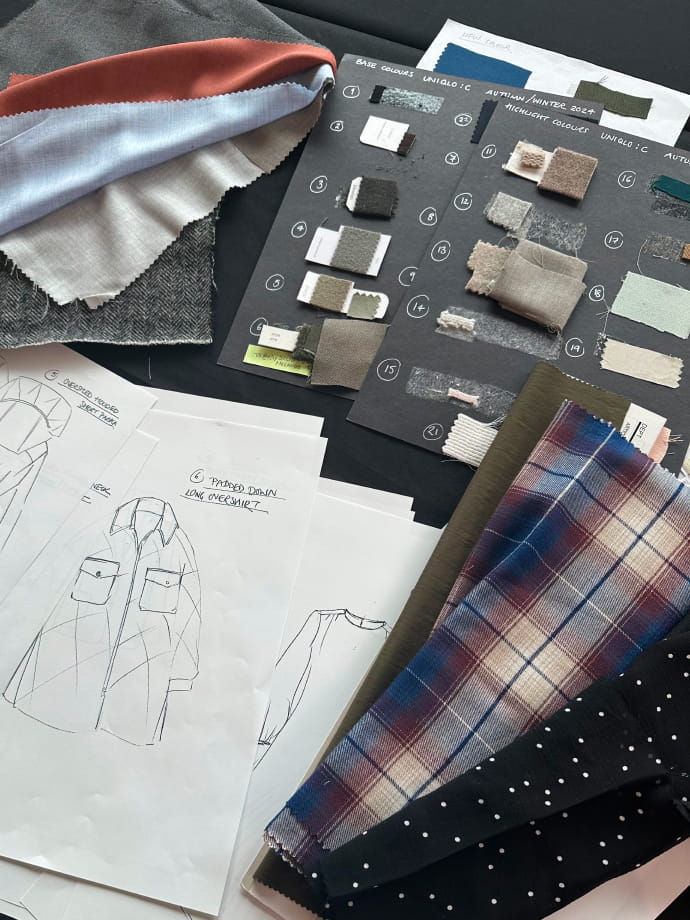
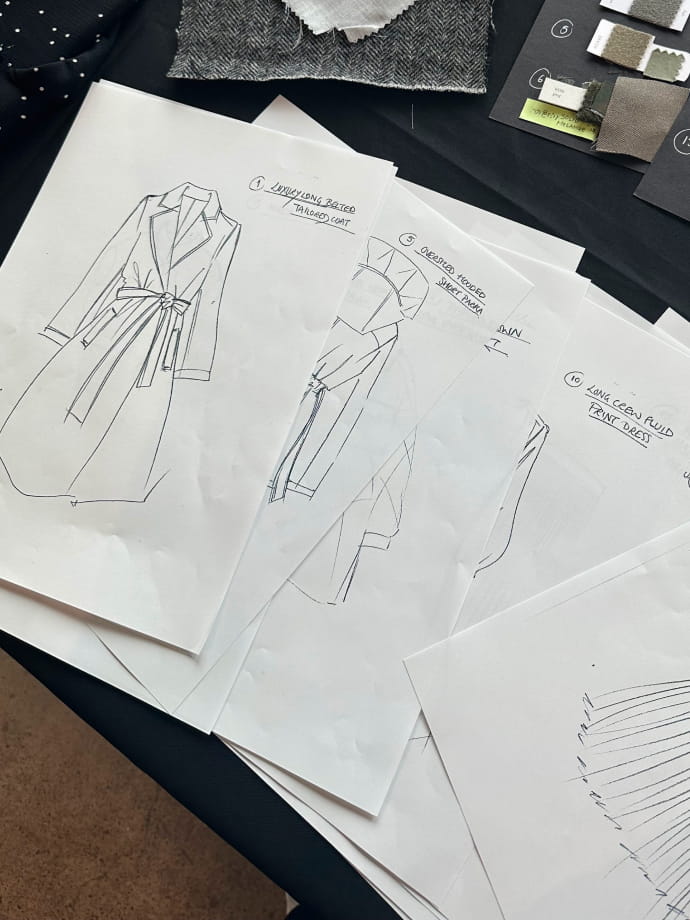
Who do you envision wearing this collection? What are they doing, and where are they going?
The Barbican is a microcosm of a giant city here. You've got students, a theater, an art center—you have residential blocks, you have people who've lived here thirty, forty years and people who've just moved in recently. It's a fantastic range in demographics. And I think that represents what UNIQLO is about. It's for everyone. And I think this place captures so much of that sense for me.
Any styling tips for this fall/winter season?
My top tips for the fall/winter season are all about layering: shirtings, lightweight cashmere, and shirts under the beautiful Dry Sweat Hoodies. Even the coats, which are quite lightweight, can be layered. And for me, that gives the richness and the beauty of fall/winter dressing. It's all about those cozy layers that give you that beautiful silhouette.
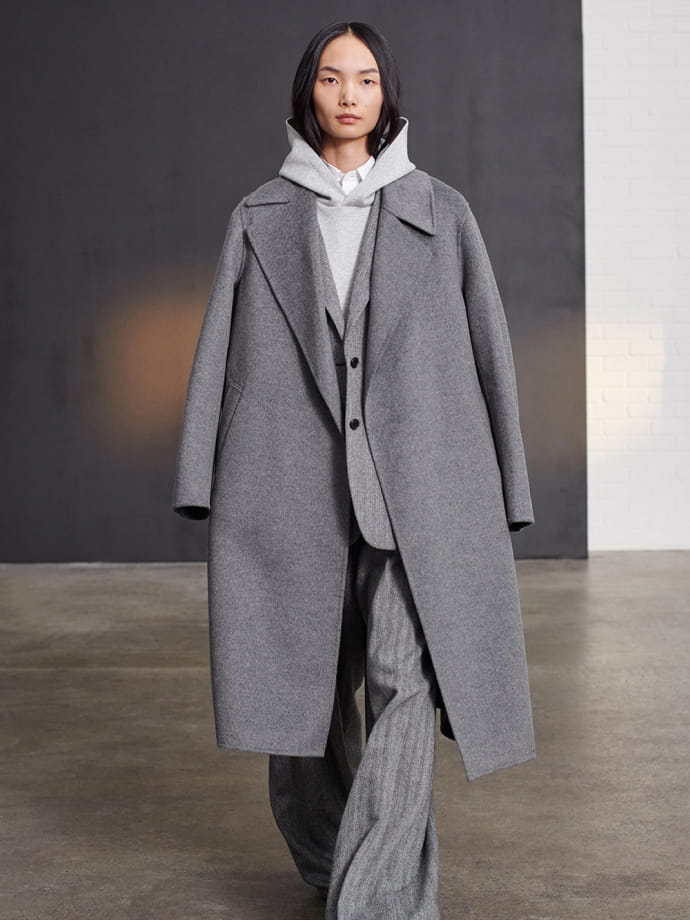

This season, you introduced menswear to UNIQLO : C. What are some of your favorite pieces in the capsule?
I love menswear checks, so we’ve created a really nice check coat. I also love the essential sweat setup this season. It’s a new development that’s made of very fine cotton for a sculpted look. It’s really clean and looks a bit dressed up but still casual. It’s got a wide open leg and a much baggier thigh for a slight taper at the bottom. The men’s denim has a new tonality—it’s deep indigo on the outside but tobacco on the inside, so you get a beautiful tan color panning through the indigo on the surface.
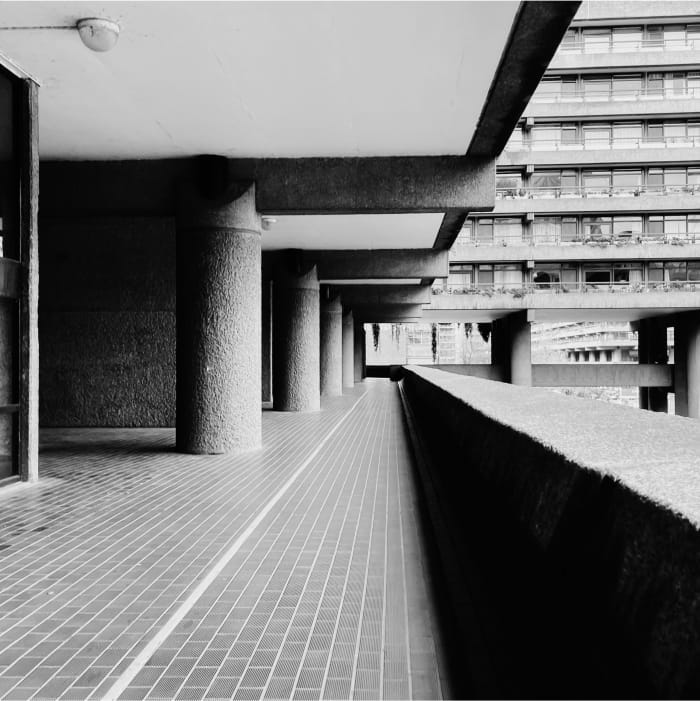
The Barbican Center
* About Barbican Center
The Barbican Center is a performing arts complex in London, built in the Brutalist style by architects Peter Chamberlin, Geoffrey Powell, and Christopher Bon. The Barbican is passionate about showcasing the most exciting art from around the world, pushing traditional artistic boundaries to help us understand our lives in new and unexpected ways.
The Barbican is rooted firmly in the neighborhood, collaborating with local communities to create joyful celebrations of the stories and places they care about while putting the City of London on the map as a destination for everybody. It was officially opened to the public by Queen Elizabeth II on March 3, 1982.